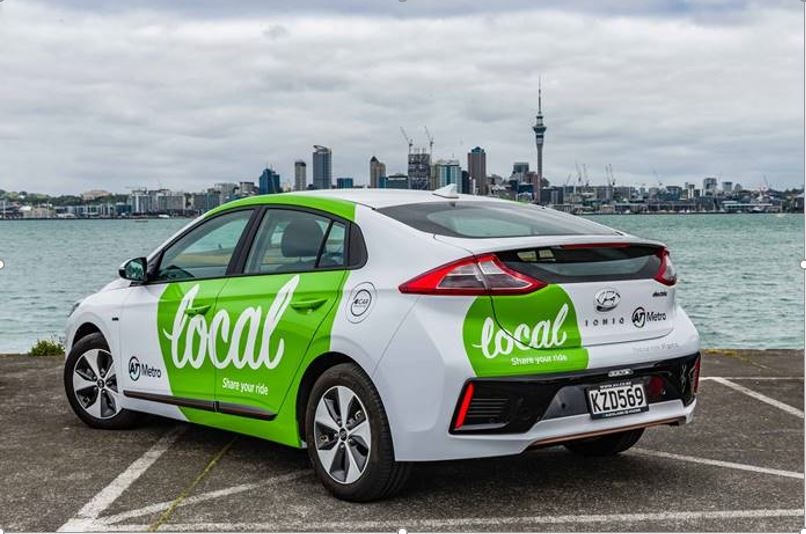Auckland is growing rapidly – in the last four years we’ve seen a population increase of around 160,000, the size of Hamilton, move into the region. Forecasts are tipping Auckland’s population will reach 2 million by 2028.
This rapid growth brings with it a number of challenges. Auckland is one of the most congested cities in the world. We have too many people driving alone in their cars, which contribute 36 per cent of CO2 emissions, and too many people are dying or being seriously injured on our roads.
But, we are working on solutions.
We have a once in a generation opportunity to make Auckland a better, safer place, with joined up thinking and a plan for our future.
Through the Auckland Transport Alignment Project (ATAP) over the next decade, Auckland will undergo a $28 billion overhaul of its transport infrastructure. This is jointly funded by Auckland Council and the Government.
The four focus areas:
• Safety ($750m) is a central focus, we are focusing on improving high-risk intersections and roads, looking at our speed limits, adding more safe crossing facilities.
• Encouraging people to get out of their cars and use active modes ($900m) of transport, providing more safe, accessible and convenient walking facilities.
• Connectivity ($4b) to a comprehensive and accessible public transport network to move people around efficiently and quickly, enable new housing and urban development, and reduce greenhouse gas emissions.
• Improvements to existing infrastructure and public transport services that decreases pollution. Minimising transport impacts on the environment is critical.
What is clear, like what is required to deliver the vision in the Destination AKL 2025 strategy, is the need to have alignment and collaboration with the public and private sector.
We know we have much to do to ensure Auckland remains a great place to live, work and visit – and we will need to do it together.
Since the advent of Destination AKL 2025 we’ve been looking at more ways we can incorporate the visitor into the work we are doing. It is fair to say Aucklanders have been our focus but we are aware that the livability of a city is intrinsically linked to attracting visitors.
With this is mind we are co-designing new infrastructure and building in ‘Destination Auckland’ into how we design tomorrow’s visitor experience, sharing our customer insights with ATEED, and using digital marketing tools to increase reach and improve the visitor experience.
A key focus area for AT in Destination AKL 2025 was around connectivity and dispersal and the need to connect visitors to more destinations in Auckland.
We’ve made some good progress, we now have services to Warkworth and Matakana, Omaha every two hours. We’ve increased our frequency of services to Kelly Tarlton’s SeaLife and Auckland Zoo. We have doubled our services to the airport, and the patronage of the 380 Airporter is up by more than 40 per cent, used by 630,000 passengers a year.
For those regions which are harder to reach with our buses like west coast beaches, we’ve been looking at an on-demand transport model, a ridesharing scheme which is the same price as public transport which we will be trialing this summer.
One other area of the strategy we have been looking at is how we can contribute to helping articulate what makes Auckland a unique place.

We have introduced te reo on our trains and next year we will have it on our buses. The Manukau Bus Station which opened earlier this year has beautiful Māori and Pacific designs and has been shortlisted for an award at the World Architecture Festival.
This is just the start.
We have a rare opportunity to deliver transformational change for Aucklanders and are making sure we incorporate the visitor perspective as part of this to ensure a significantly enhanced experience for visitors.
